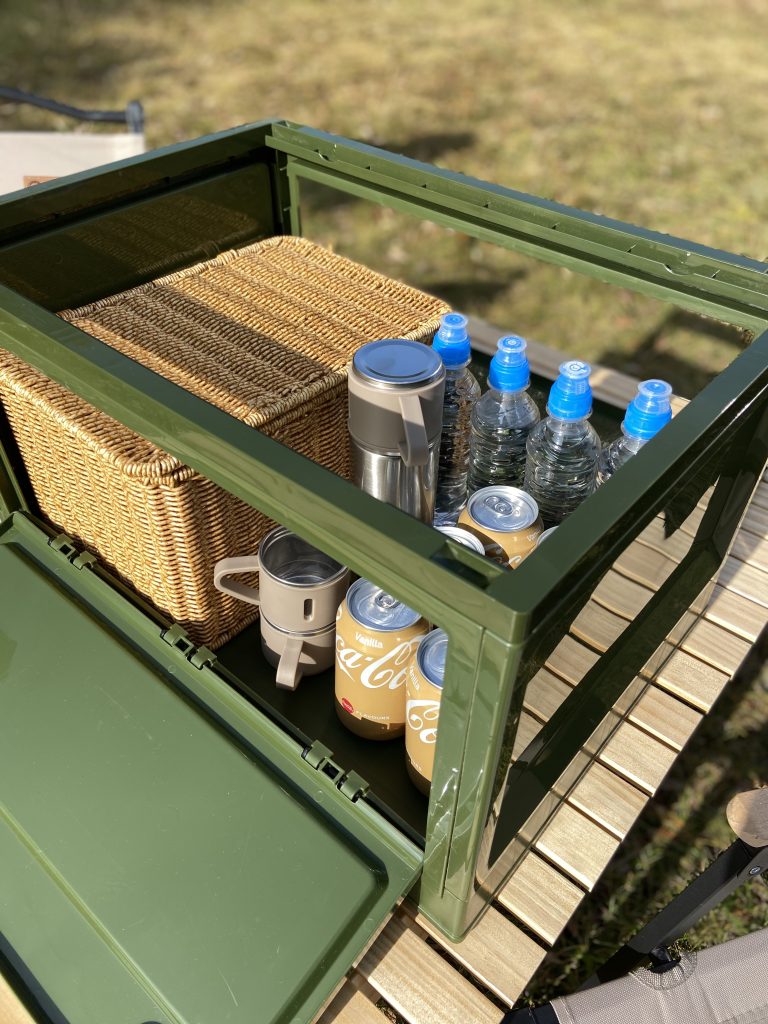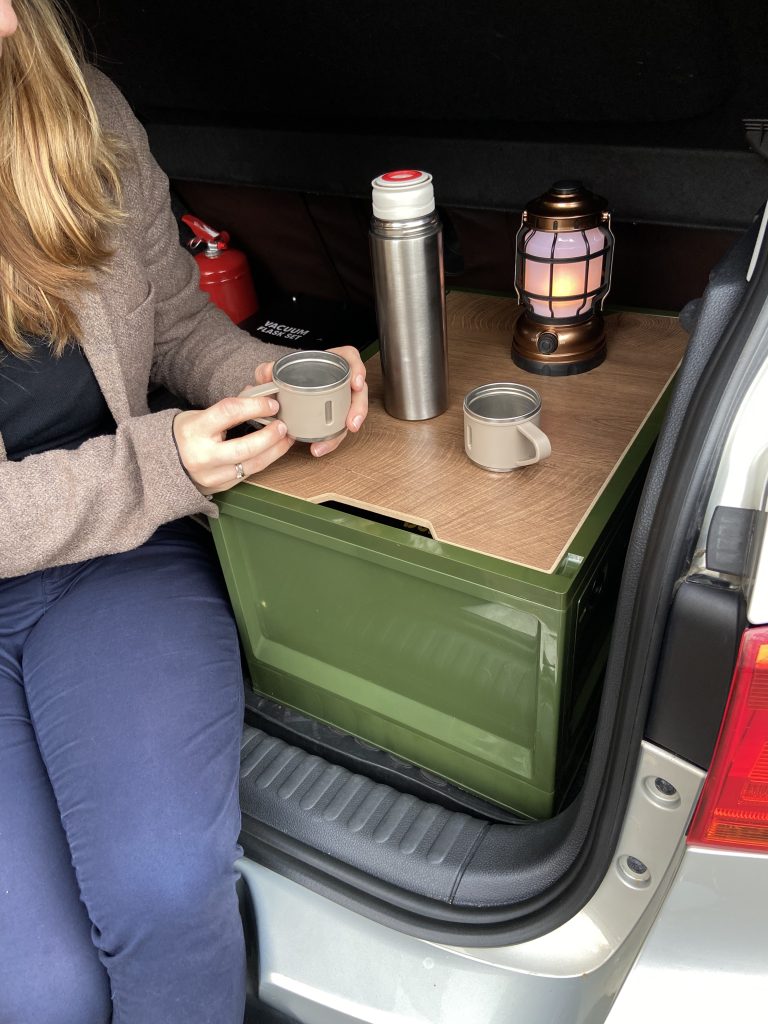Camping is more than just a weekend getaway; it’s an experience that brings you closer to nature and teaches you the art of survival. However, many campers often struggle with keeping their campsite neat and organised.
Maintaining a well-organised campsite with a camping storage box and other extra stuff is vital for a comfortable and enjoyable trip. In this comprehensive guide, we will delve into various storage solutions that will help you keep your campsite spick and span.
The Importance of a Clean and Organised Campsite
Nobody wants to sleep next to a pile of dirty dishes or spend their time navigating through clutter. A messy campsite can lead to various problems, including attracting unwanted wildlife, increased risk of tripping or injury, and a less enjoyable camping experience.
Maintaining a clean campsite is also part of being a responsible camper. It minimises your impact on the environment and helps to preserve the beauty of nature for future generations. Furthermore, a well-organised campsite allows you to focus on enjoying the great outdoors.
These are just a few benefits of a well-organised campsite:
- Increased safety. When everything has its place, the risk of accidents decreases.
- Ease of access. You won’t waste time looking for misplaced items.
- Better camp aesthetics. A neat campsite is more visually pleasing.
- Efficiency. With a designated spot for every item, setting up and packing become quicker and easier.
Now that we understand the importance of a clean and organised campsite, let’s explore the storage solutions that can help us achieve that.
Creating a Campsite Layout
Before you even head out for your trip, planning the layout of your campsite is crucial. This involves sketching out a design where you allocate space for different activities and utilities like cooking, sleeping, and storage.
Your campsite should include the following zones:
- Sleeping zone. Choose a flat, elevated area for setting up tents.
- Cooking zone. This should be at least 200 feet away from the sleeping zone to keep food smells away from sleeping areas.
- Utility zone. Designate an area for storage and keeping utility items.
Modern technology makes planning easier. You can use apps that help you design your campsite layout, taking into consideration the dimensions of your camping gear and spatial constraints.
Before you venture out, do a dry run in your garden or living room. Set up your tent and lay out your gear exactly how you plan to at the actual campsite. This will give you a clearer idea of the space each item will occupy and help you refine your layout.
Food Storage Hacks
- When it comes to washing dishes, adopt a three-bowl system: one for washing, one for rinsing, and one for sanitising.
- Store dry foods in airtight containers, and use vacuum sealing for items you want to keep fresh for longer durations.
- Organise your cooler by categorising items and using ice packs strategically. Place perishable items at the bottom and frequently used items at the top.
Personal Storage Strategies
Packing cubes are a lifesaver when it comes to personal storage. They help you categorise your clothes, toiletries, and other personal items, making them easier to find when you need them.
- Clothing cube (for shirts, pants, and other clothing);
- Toiletry cube (for toothpaste, soap, and other hygiene items);
- Gadget cube (for power banks, cables, and electronic gadgets).
Hanging organisers can be used inside your tent or hung from a tree branch. They are excellent for keeping your essentials within arm’s reach.
- Mesh pockets (for lightweight items like sunglasses or maps);
- Zippered pockets (for valuables like phones or wallets);
- Elastic loops (for hanging utensils or small tools).
Also remember one simple rule: what you’re likely to use last should go in first, and what you’ll need immediately should be packed last.
- First night kit. Includes items you’ll need as soon as you arrive, such as flashlights and snacks.
- Daily essentials. Things you’ll need throughout your trip.
- Exit kit. Items like trash bags for clean-up before you leave.



Managing Waste and Trash
Neglecting waste management can quickly turn your campsite into an eyesore, not to mention the negative impact on the environment.
It’s better to use different types of trash bags:
- Sealable trash bags (for non-perishable waste);
- Compostable bags (for organic waste);
- Recycling bags (for recyclable items like cans and bottles).
These tips will help you minimise waste while camping:
- Use reusable items. Pick reusable dishes and utensils instead of disposables.
- Plan your meals. Make only what you can eat to minimise food waste.
- Repurpose containers. Use empty food containers for storing leftovers or other items.
Setting Up and Taking Down Your Campsite
When you arrive at your campsite, it’s essential to set things up in a systematic manner. Here’s a quick guide:
- Start with the tent. Secure your sleeping space.
- Establish the kitchen. After the tents are up, set up your cooking zone.
- Create the utility zone. Establish where your storage bins and other utility items will go.
When your trip comes to an end, the process of taking down your campsite begins. It’s crucial to be as systematic in this process as you were during the setup.
- Begin with the utility zone. Pack up all storage bins and loose items.
- Dismantle the kitchen. Make sure all dishes are cleaned, and food is packed.
- Last to go is the tent. Once everything else is packed, take down your tent.
Before leaving, do a final sweep of the campsite to ensure nothing is left behind and that you’ve left no trace. This not only keeps your camping area beautiful for the next adventurer but also protects local wildlife.
Following these simple recommendations, you’ll find that keeping your campsite organised gets easier. After all, camping is all about enjoying the natural world, and a clean, well-organised campsite is key to that enjoyment.